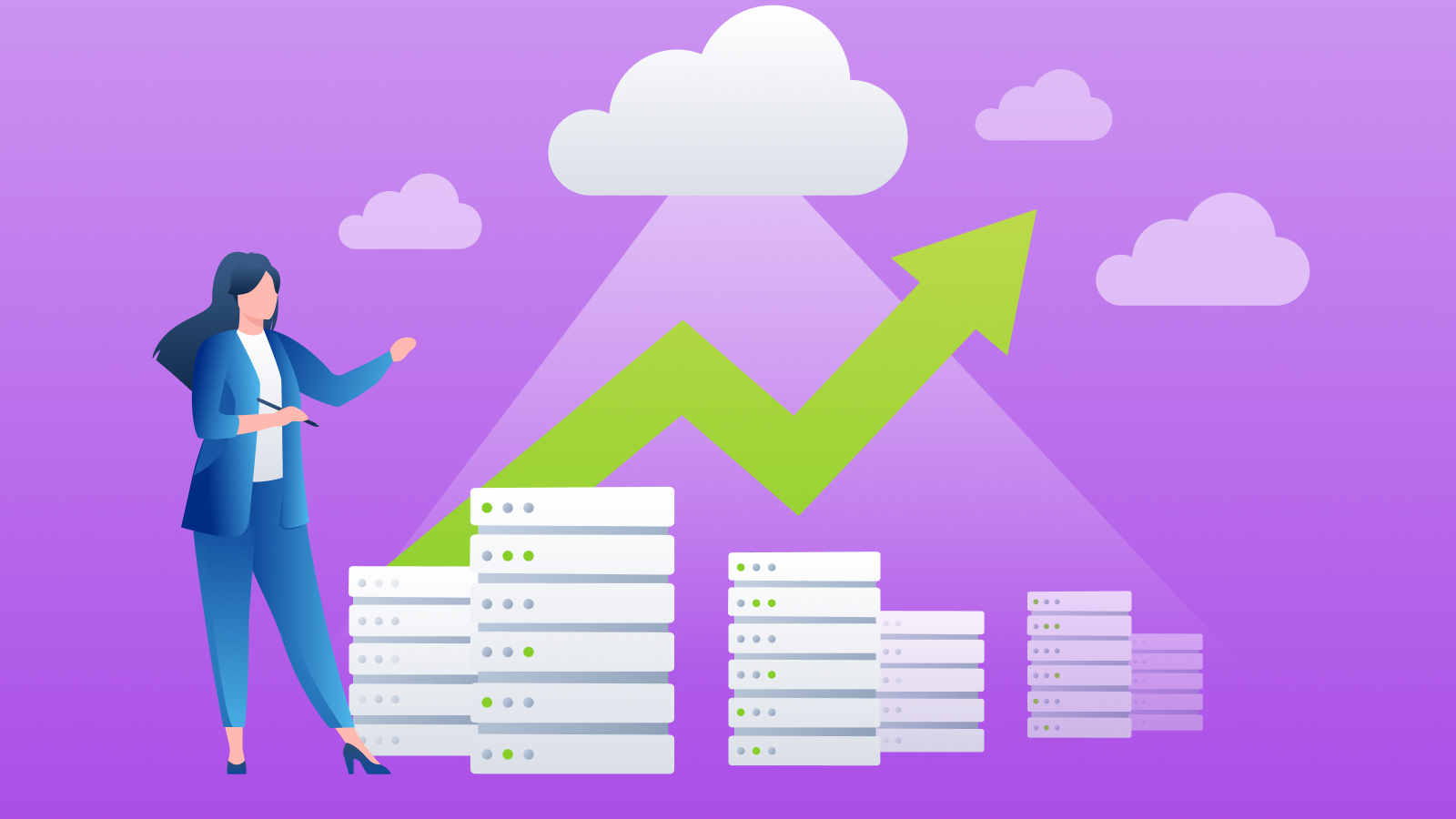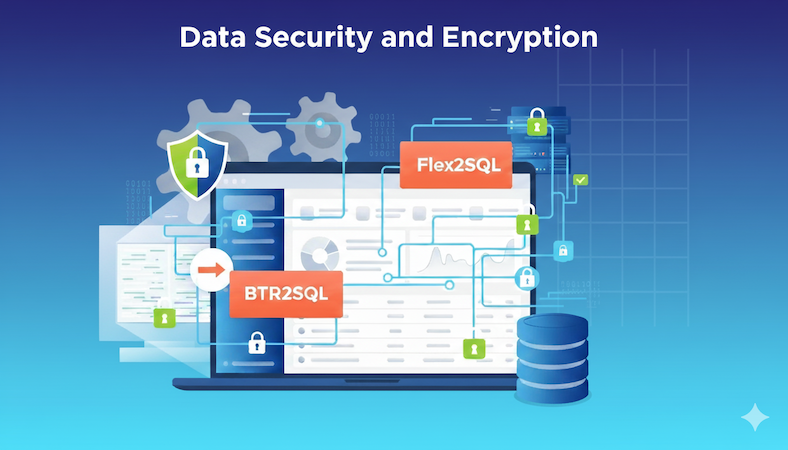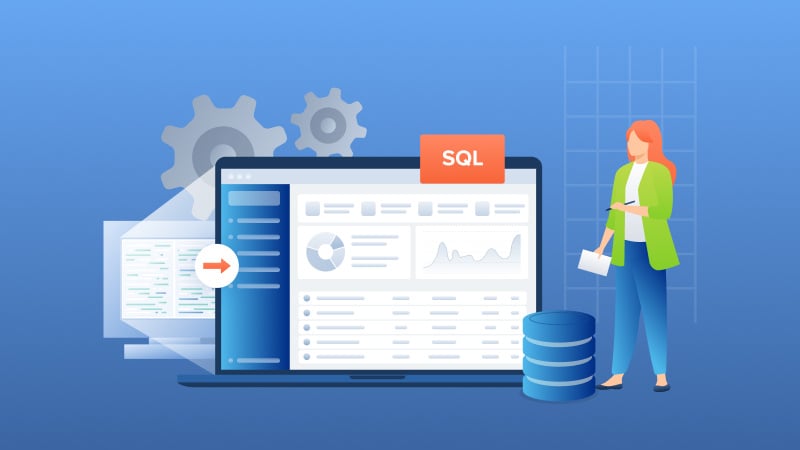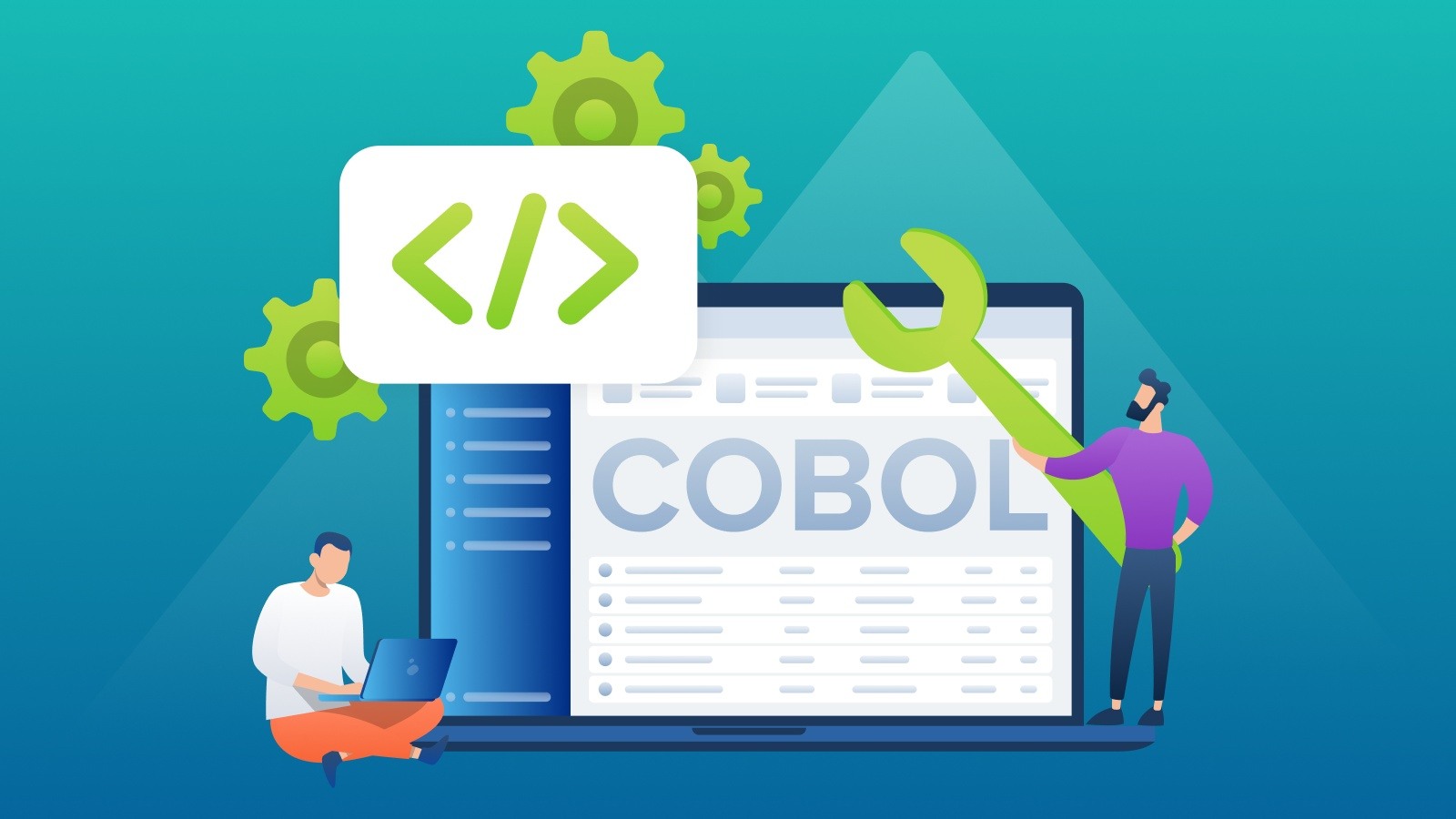Data Security with Flex2SQL and BTR2SQL Connectivity Products
The most common reason for Enterprises looking to migrate from legacy Btrieve or DataFlex databases is the urgent need to address security and...
8 min read
 Mertech
:
May 28, 2024 6:41:07 AM
Mertech
:
May 28, 2024 6:41:07 AM

This post is co-authored with Riaz Merchant, President and CEO at Mertech.
The shift towards the Cloud is evident on a global scale, with 94% of companies using cloud computing services in 2024.
Yet, the journey to the Cloud is far from straightforward. Technical complexities and misalignment with the overall business strategy make the process daunting for many.
That's why crafting a solid cloud migration strategy is crucial. This is your roadmap, detailing every step from the initial assessment to the final shift, ensuring a smooth transition to cloud computing.
But where do you start, and how can you avoid the pitfalls that lead 50% of cloud ventures to falter or exceed budget?
This guide offers an insider's view into developing a comprehensive cloud migration strategy, highlighting the key components, main types, and proven methodologies you should be aware of.
A cloud migration strategy can help you harvest all the benefits of cloud migration - from scalability and flexibility to enhanced collaboration and accessibility and everything in between.
However, while research indicates that businesses moving over half of their operations to the Cloud can see profit growth by up to 11.2% annually, many organizations encounter significant cloud migration challenges.
These include cloud migration security and compliance risks, as highlighted by 56% of CIOs, and the complexities of aligning migration strategies with clear business objectives.
A well-constructed cloud migration strategy:
With the right strategy, the Cloud becomes a platform for transformation, enabling your business to thrive in the cloud era.
The path to a successful cloud migration involves meticulous planning and execution. Here, we delve into the cloud migration best practices, ensuring your venture into the Cloud is both smooth and beneficial.
Before taking the leap, it's crucial to outline your objectives and conduct a thorough analysis of your current IT infrastructure. The financial benefits of cloud migration is what drives most transition projects, but there's much more to it than just cost.
The cloud migration project plan involves evaluating the resources, costs, and potential risks associated with your cloud migration. It's also a moment to contemplate if continuing with an on-premises solution might sometimes be more cost-effective than moving to the Cloud.
Preparing your team through training and planning for necessary reengineering activities is equally important to ensure a seamless transition.
Once you've created the cloud migration roadmap, the next phase is the implementation itself.
Setting up a functional development environment is your starting point, ensuring all components mesh well in the new cloud setting.
Parallel running of old and new systems can provide a safety net, allowing for real-time troubleshooting before fully committing to the migration. You should monitor your system's security and performance during this phase to catch and rectify any issues promptly.
Remember, migration is not only about moving your IT resources but also optimizing them for the Cloud in order to harvest all the benefits.
After the migration, the focus shifts to making sure everything runs as expected.
This includes verifying data integrity, securing your cloud environment, and maintaining system performance. Continuous monitoring of KPIs is essential, as is having a skilled IT team ready to manage the new infrastructure and address any emerging challenges.
If needed, you can acquire professional support that can introduce your staff to all essential cloud processes, policies, and structures.

There are 7 different cloud migration strategies you can adopt based on your business needs. Here's a detailed breakdown of each, along with their use cases, advantages, and disadvantages:
Rehosting (also known as the lift-and-shift approach) involves moving on-premises applications to the Cloud without modifying their architecture. This strategy offers a straightforward path to cloud adoption, leveraging existing investments while minimizing initial disruption.
This strategy is ideal for:
Pros:
Cons:
Relocation entails moving applications to a cloud environment with minimal changes. This approach is similar to rehosting with the difference that it allows you to create a virtual copy of your on-premises data in the Cloud (e.g., Kubernetes and VMWare), allowing you to retain existing tools and processes while leveraging the cloud infrastructure.
This strategy is ideal for businesses aiming for:
Pros:
Cons:
Replatforming means making minor modifications to applications to optimize them for the Cloud without overhauling their fundamental architecture. This "lift, tinker, and shift" approach enables businesses to gain cloud efficiencies without extensive redevelopment.
This strategy is ideal for applications that:
Pros:
Cons:
Refactoring involves significant modifications or complete rewriting of applications for the Cloud. This approach is about building for the future, ensuring applications are scalable, resilient, and fully integrated into the cloud ecosystem.
This strategy is ideal for:
Pros:
Cons:
The repurchase strategy (also known as "drop and shop") entails moving from traditional on-premises applications to cloud-native SaaS alternatives. It's a strategic decision to adopt modern, managed solutions that align with current business needs and cloud best practices.
This strategy is ideal if you aim to:
Pros:
Cons:
This strategy involves identifying and discontinuing applications that no longer provide business value. It's about optimizing your IT portfolio by eliminating redundant, outdated, or unused systems to focus resources on areas of strategic importance.
This strategy is ideal in the following case scenarios:
Pros:
Cons:
Retaining involves keeping certain applications on-premises or delaying their migration to the Cloud. This cautious approach allows you to maintain stability for critical systems while strategically planning your cloud journey.
This strategy is ideal for:
Pros:
Cons:

Creating a robust cloud migration strategy involves a deep dive into several critical components. Here's a closer look at these essential elements:
Ensuring data remains intact and readily available minimizes the risk of data loss or corruption. This is especially important when dealing with large volumes of data or complex database structures.
Meticulous planning and testing are also necessary to safeguard data integrity. While time-consuming, this process is vital for maintaining trust and ensuring business continuity.
This involves outlining the functional requirements and core processes the cloud infrastructure must support. By doing so, the migration can be tailored to meet specific business goals, ensuring the cloud environment efficiently supports your most vital operations.
Mapping out these requirements in detail can be demanding, but it ensures a seamless transition of operational workflows to the Cloud.
Security is essential for identifying potential vulnerabilities and ensuring the cloud environment meets all necessary regulatory compliance requirements.
This step is critical for migrating data subject to strict regulatory standards and securing sensitive information. While the complexity of the security landscape requires specialized knowledge, effective planning protects against breaches and ensures compliance with industry regulations.
This requires selecting the most suitable cloud infrastructure and deployment model (public, private, or hybrid cloud migration) based on scalability, performance, and cost considerations.
The choice between these models directly affects your performance and cost efficiency. This means you can select the most appropriate solution for your specific needs.
Remember: Although the decision-making process can be complex, it is crucial for achieving optimized performance.
This focuses on transforming or creating user interfaces and experiences optimized for cloud delivery. By designing responsive and intuitive interfaces, you ensure that users can effectively interact with applications post-migration.
This component requires significant resources for design and development but is fundamental for enhancing user satisfaction and facilitating modern, flexible work environments.
FMS Case Study: Leveraging Thriftly to Unlock Success
Mertech played a pivotal role in Freight Management Systems' (FMS) transformation, leveraging Thriftly.io and Microsoft Azure to transition FMS to a hybrid cloud setup efficiently. This enabled FMS to rapidly deploy its cloud offering, integrating existing on-premises solutions with cloud capabilities without extensive redevelopment.
This strategic move not only expedited the company's cloud market entry but also enhanced its service delivery to meet modern digital demands.
Are you ready to embark on your cloud transformation journey?
Mertech, awarded the Microsoft Gold Competency in Cloud Platform, offers a wide range of cloud migration services. Leverage our expertise to take your applications to the next level.
Ensuring business continuity during cloud migration involves meticulous planning and the implementation of redundancy measures. This means having backup systems in place and a clear rollback plan if things don't go as expected.
The aim is to minimize downtime and maintain operational integrity so services remain uninterrupted for users.
Cloud migrations often falter due to:
Additionally, if you don't align the migration with business objectives, this can lead to decreased migration effectiveness.
The successful execution of a cloud migration strategy typically requires a mix of IT and business stakeholders, including cloud architects, project managers, security experts, and compliance officers.
Significant technological resources, such as migration tools and services, alongside training for IT staff, are also crucial components.
Yes, the strategy will vary. Public cloud migration strategies may focus more on scalability and cost-efficiency.
On the other hand, a private cloud migration strategy might prioritize security and compliance. The choice impacts data governance, architectural considerations, and operational models to accommodate the specific advantages and challenges of each environment.
Hybrid cloud migration strategies emphasize flexibility, interoperability, and secure connectivity.
To achieve that you should adopt containerization, microservices, and APIs that ensure seamless operation between on-premises and cloud environments, allowing for a balanced approach that leverages the strengths of both.
Absolutely. Enterprise migrations must consider the broader impact on business operations, requiring comprehensive risk assessments that cover security, compliance, and potential disruptions.
Risk management strategies must be integral, with contingency plans meticulously crafted to address any unforeseen challenges.
The timeline for cloud migration can vary widely depending on the scope of the project, the complexity of the existing infrastructure, and the specific goals of the migration.
Small to medium migrations might take a few months, while larger enterprise migrations could extend over several years to strategically manage risks and minimize operational disruptions.

The most common reason for Enterprises looking to migrate from legacy Btrieve or DataFlex databases is the urgent need to address security and...

Introduction Many independent software vendors (ISV) and corporate users still rely on applications that use a category of database collective called...

COBOL applications are the foundation of numerous essential business functions, especially within the banking, insurance, and government sectors....